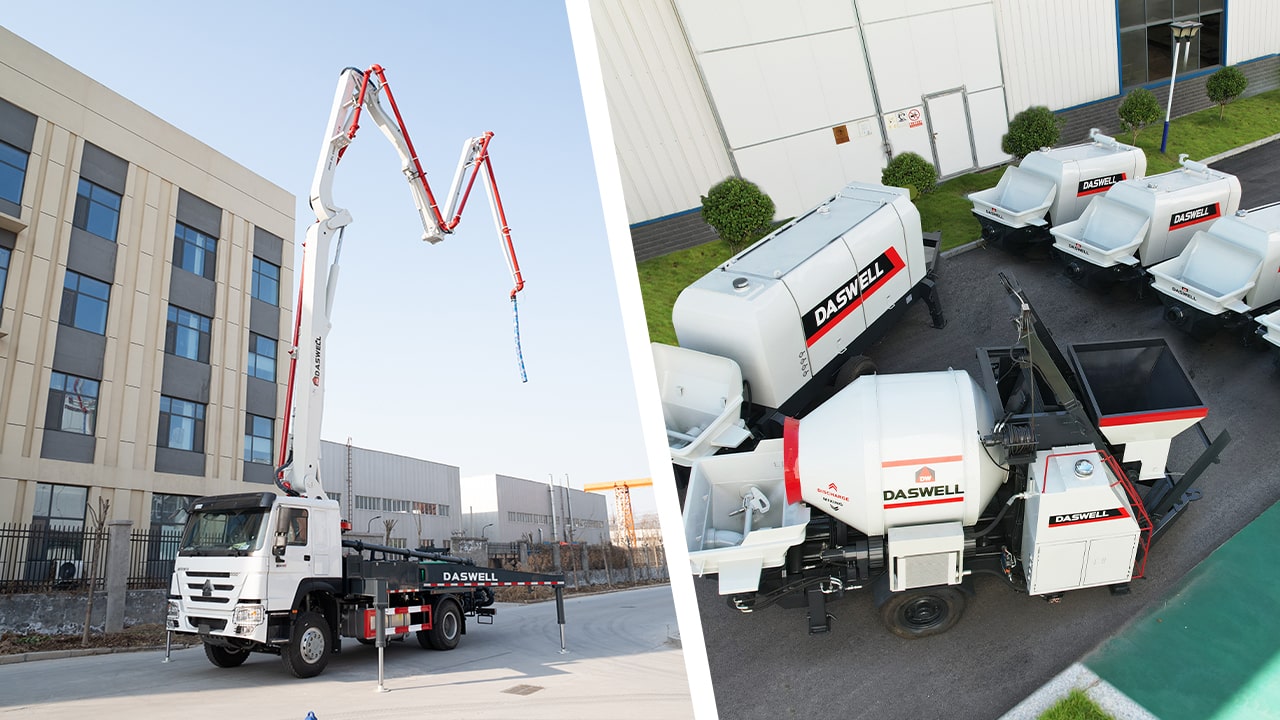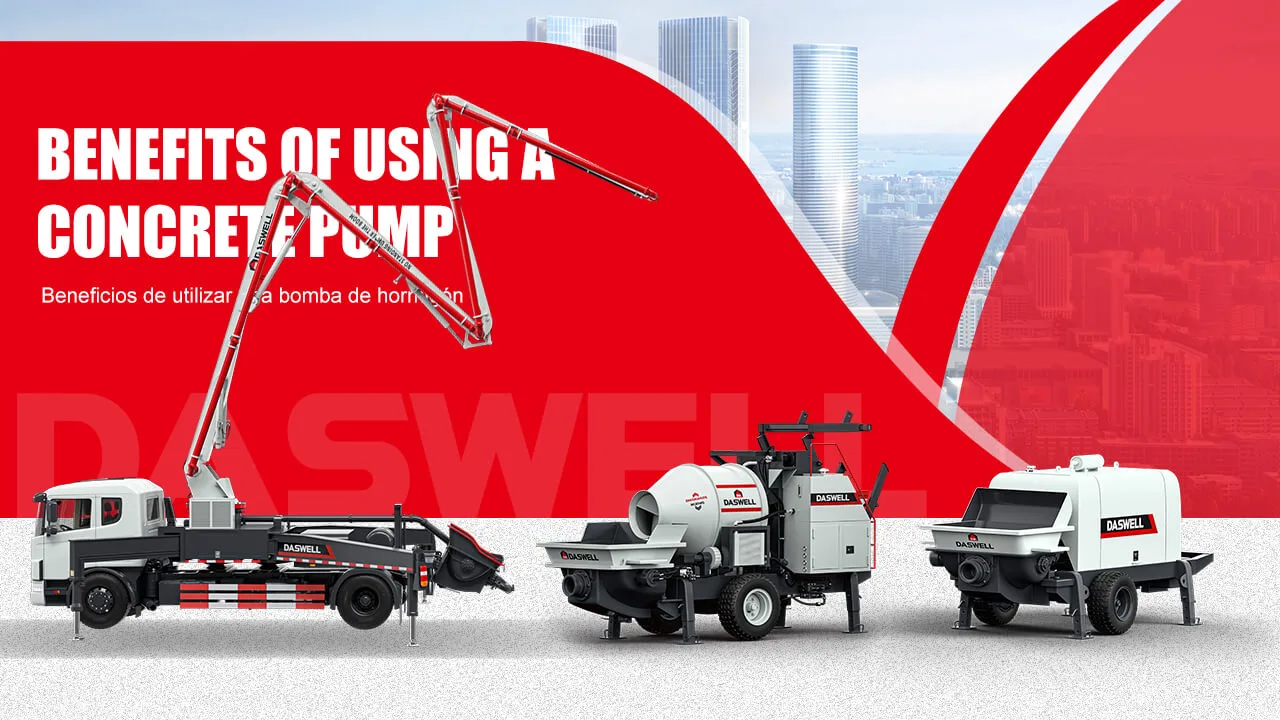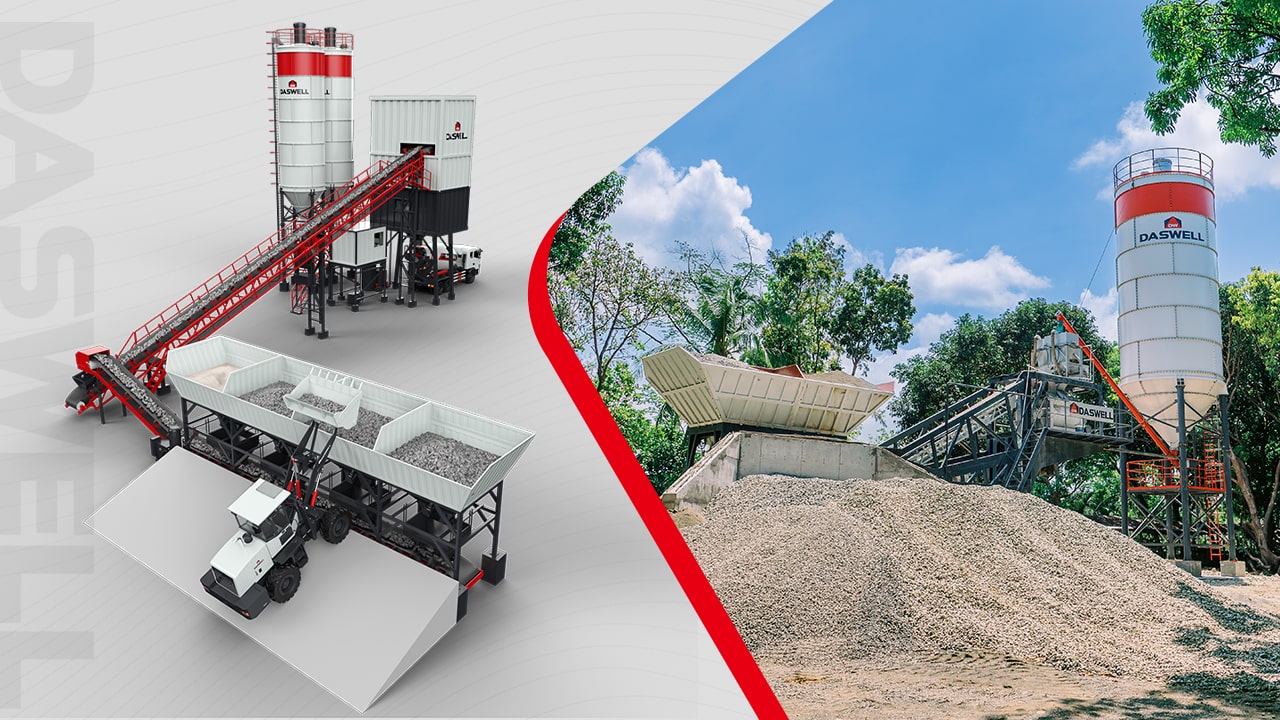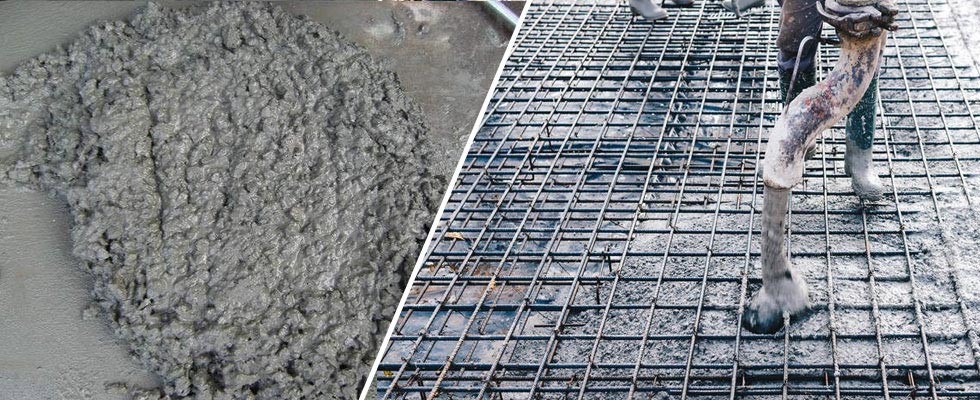Fly Ash – Properties, Source, Advantages, Uses
Fly ash is the fine ash collected from the flue gas after coal combustion, and it is also the main solid waste discharged from coal-fired power plants. Its main components are oxides of silicon, aluminum, iron, calcium, and magnesium.
With the development of the power industry, the discharge of fly ash from coal-fired power plants is increasing year by year. If a large amount of fly ash is not treated, it will generate dust and pollute the atmosphere. But now, fly ash can also be used as a resource.
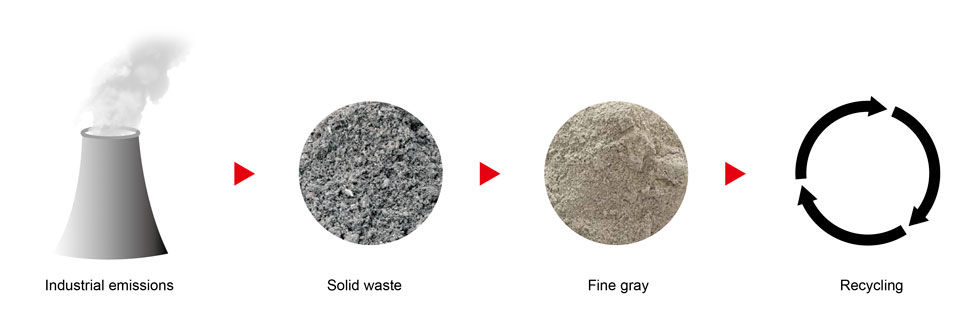
The properties of fly ash
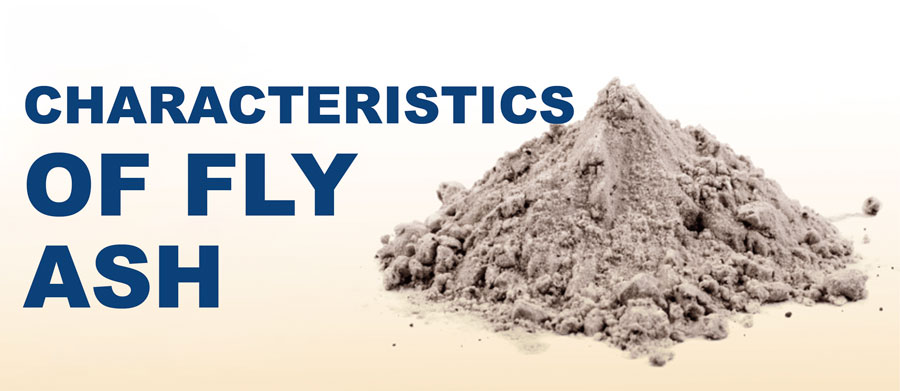
Appearance: The appearance of fly ash is similar to cement, and the color is between milky white and gray black. The color of fly ash is an important quality index, which can reflect the amount of carbon content, and to a certain extent, the fineness of fly ash. The darker the color, the finer the particle size of the fly ash and the higher the carbon content.
Classification: Fly ash can be divided into low calcium fly ash and high calcium fly ash. Generally, the color of high-calcium fly ash is reddish, and the color of low-calcium fly ash is gray. Fly ash particles are porous honeycomb structure with large specific surface area and high adsorption performance.

Particle gradation: The gradation of fly ash can be roughly divided into three forms. The first is fine gray. The particle gradation of fine ash is finer than that of cement, and it is mainly used to replace cement or cement mixture in reinforced concrete. The second type is coarse ash. The particle gradation of coarse ash is coarser than that of cement, and it is mainly used in building materials such as mortar to replace aggregates. The third is mixed ash. Fly ash mixed with furnace bottom ash can be used as aggregate substitute or for filling.
Density: The density of ordinary fly ash is 1.8-2.3g/cm3, which is about two-thirds of Portland cement. The variation range of the bulk density of fly ash is 0.6-0.9g/cm3, and the bulk density after vibration is 1.0-1.3g/cm3. The density of high calcium fly ash is slightly higher.
How is fly ash produced?
The combustion process of fly ash is as follows:
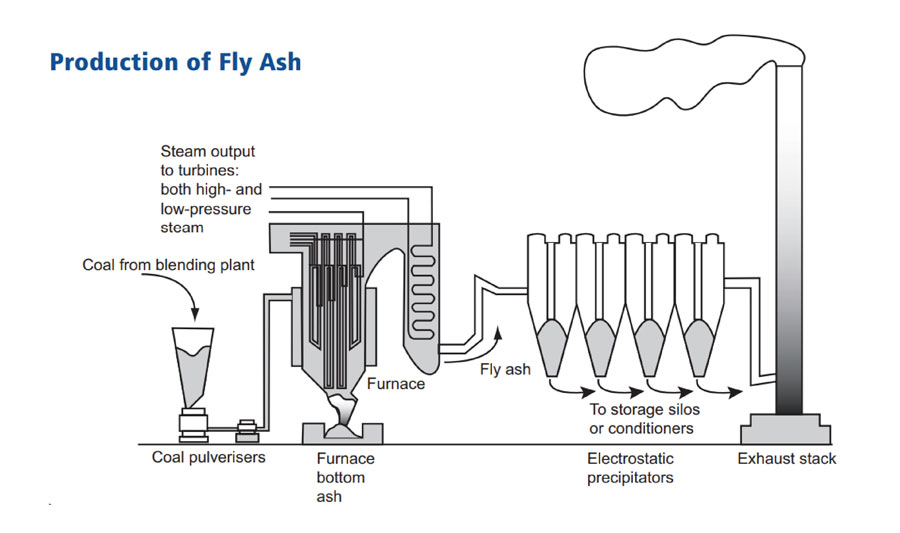
The pulverized coal burns in a suspended state in the furnace. Most of the combustibles in the coal burning process can be burned in the furnace, while a large amount of non-combustibles in the pulverized coal are mixed in the high-temperature flue gas. These incombustibles (mainly ash) are partially melted due to high temperature. At the same time, due to the effect of its surface tension, a large number of fine spherical particles are formed.
Under the action of the induced draft fan at the tail of the boiler, the flue gas containing a large amount of ash flows to the tail of the furnace. As the flue gas temperature decreases, a part of the molten fine particles will be in a glassy state due to a certain degree of rapid cooling, thus having a higher potential activity. Before the induced draft fan discharges the flue gas into the atmosphere, the above-mentioned fine spherical particles are separated and collected by the dust collector, which is fly ash.
Advantages and disadvantages of fly ash
Advantages
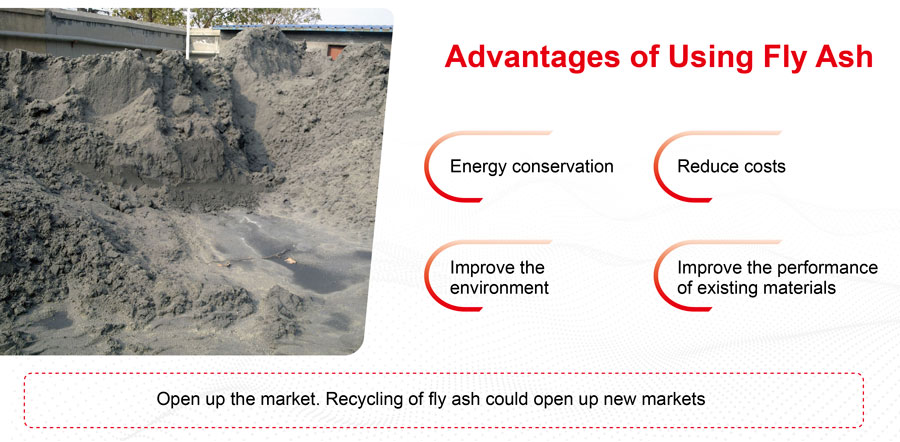
1.Energy saving and emission reduction. The recycling of fly ash can effectively realize the reuse of resources and avoid the waste of resources. At the same time, by reducing the demand for raw materials, it also reduces pollution such as waste gas and waste water produced during mining and other production processes. Therefore, the use of fly ash can have the effect of energy saving and emission reduction.
2.Reduce costs. Fly ash can replace part of cement as a relatively cheap cement admixture, thereby reducing the cost of building materials. During use, fly ash can also reduce the slurrying time and cement content of concrete, and improve the construction speed and quality of concrete engineering.
3.Improve the environment. Fly ash is a very stable material that will not decompose or decay over time. At the same time, due to the relatively light weight of fly ash itself, its transportation and storage are also relatively convenient. All these factors can make fly ash easy to recycle and cause less environmental pollution.
4.Improve the performance of existing materials. As an admixture of concrete, fly ash can improve the durability, frost resistance, compressive strength and other characteristics of concrete. These characteristics are difficult to achieve with traditional concrete. Therefore, the addition of fly ash can not only save resources, but also improve the performance of concrete, which is of great help to practical applications.
5.Expand new markets. Recycling of fly ash can open up new markets. In some regions, such as Europe, America and Asia, fly ash has become one of the widely used construction materials. With the improvement of national requirements for environmental protection and energy efficiency, fly ash will receive more and more attention.
Disadvantages
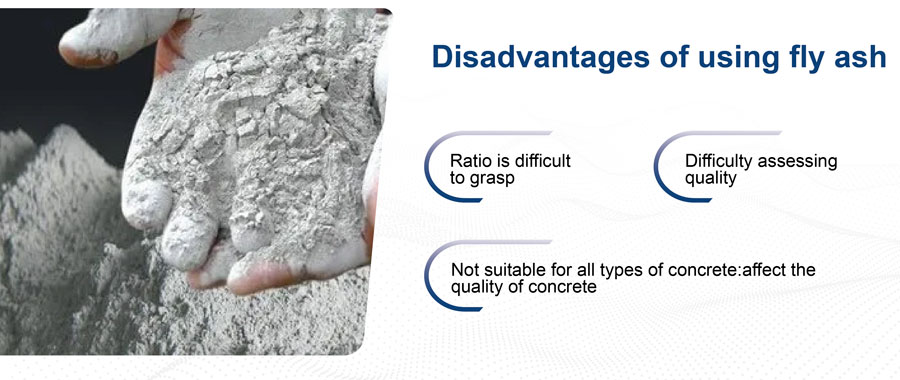
1.Need to master the appropriate proportion. When fly ash is used as a raw material, the ratio of concrete to fly ash must be strictly controlled so as not to affect the quality of concrete.
2.Not suitable for all types of concrete. While fly ash can improve the performance of concrete, it is not suitable for all types of concrete. Need to pay attention to strict distinction when using.
3.It is more difficult to assess the quality. If too much fly ash is mixed into the concrete, it may cause problems such as a decrease in the strength of the concrete. However, it is difficult to evaluate the amount of fly ash, so it must be used with caution, otherwise it may affect the quality of concrete.
Uses of fly ash
Fly ash is rich in resources, low in price, and contains a large amount of active ingredients. After processing, it can be used for secondary use in the fields of building materials, concrete, and chemicals.
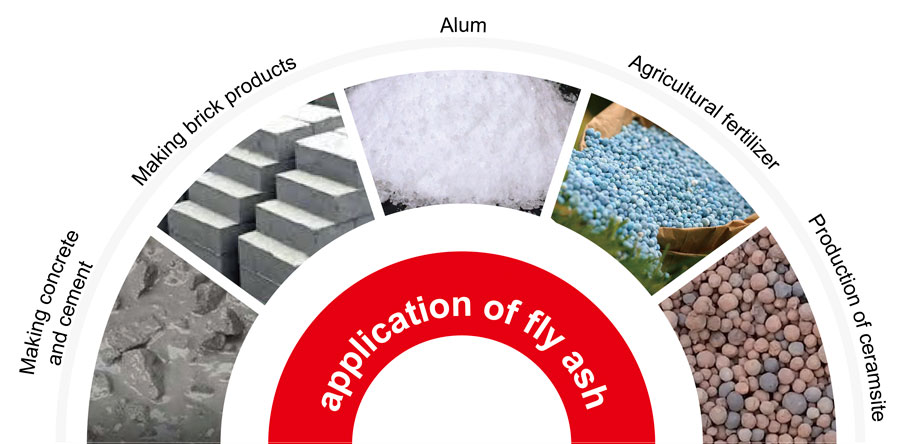
1.Make concrete and cement. After sorting and grinding, the fly ash can be used as a partial substitute for concrete raw materials. Different mixing amounts will affect the hardening level, strength, shrinkage and other properties of concrete. The technology of making cement with fly ash is relatively mature, so the mixing amount in the cement can reach 75%.
2.Make brick products. After processing raw materials such as fly ash through a series of processes, they can be made into different block bricks, such as fly ash hollow bricks and solid bricks.
3.Be used in the chemical industry. High-purity alum can be extracted from fly ash, which can be used to synthesize bauxite, and can also be used to produce SiC powder, a non-oxide ceramic material. Fly ash can be made into polymer filling material after a certain refinement process, and the synthetic material can be modified.
4.Make agricultural fertilizer. Fly ash is rich in trace elements, such as silicon, boron, sulfur, zinc, copper, calcium, magnesium and iron, etc. It has a loose texture and can significantly improve the soil structure. Adding appropriate amount of additives to fly ash according to scientific formula can make compound fertilizer.
5.Produce the ceramsite. Ceramsite take fly ash as the main raw material, add water and binder material, process into balls, and sinter into artificial aggregate. The proportion of fly ash used in the production of ceramsite can be up to 80%, which is lighter in quality, has good thermal insulation, strong heat insulation function, high strength and impact resistance. The use of fly ash ceramsite in high-rise buildings and large span components can reduce the mass of the structure itself by 33%, and the thermal insulation performance can be greatly improved.
In addition, fly ash can also be used in the production of mortar, lightweight partition boards, insulation bricks and other products.
Fly ash is a building material with wide application prospects. Its application can not only improve building quality and efficiency, but also protect the environment, save energy and reduce pollution. As a new building material, we should carefully study its properties, application range and processing technology, so as to exert its greater application potential.


